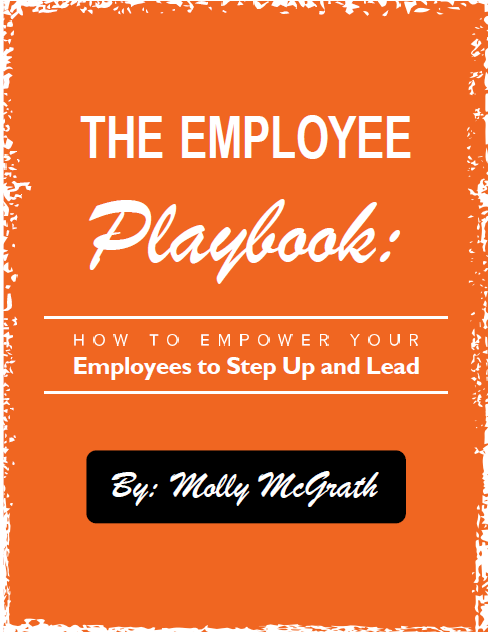 It probably won’t come as a surprise that bosses don’t have all the answers. If you’re a boss, you’re probably nodding your head, thinking, No kidding, that’s why I keep asking for help! And if you’re an employee, you’re also nodding your head, thinking, No kidding, that’s why I keep offering to help.
It probably won’t come as a surprise that bosses don’t have all the answers. If you’re a boss, you’re probably nodding your head, thinking, No kidding, that’s why I keep asking for help! And if you’re an employee, you’re also nodding your head, thinking, No kidding, that’s why I keep offering to help.
But if leaders and employees both know that the boss doesn’t have all the answers, then why do we keep continuing on as if they do?
I can remember, like yesterday, when our business was starting to grow, and I recognized that some of workflow processes just weren’t working. Not only were they not working, but their inefficiencies seemed to be coming to a head. I knew we could no longer tolerate these weaknesses, but somehow we kept limping along. And nothing changes if nothing changes.
A key employee emailed me about two of the most glaring issues. Without thinking too much about it, I responded with a series of suggestions about how we could resolve the issues. I didn’t suggest any follow-up actions, or concrete plans about how to implement my suggestions, so it’s no surprise that, two days later, I got frustrated with the lack of resolution and started to type up the usual “boss email.” You know the one: overflowing with frustration and rambling on about all of the things “we” need to fix. No clear directions or solutions, just verbal vomit.
It struck me sometime around midnight, as I was typing up bullet point #23, that the email, well, it was completely pointless. I paused for a minute and tried to sit in her seat. I realized I was trying to have a strategy meeting via email, addressing issues that she had been trying to bring to my attention for months. Sending this email would only add to her already growing list of “still no answers,” and the truth of the matter was that I didn’t have all the answers. I needed input from her and the rest of my team about how to actually fix these issues. I need KPI’s, cost analyses, and input from our outsourced vendors. Sending a hastily-written email in the middle of the night would only exacerbate the issues we were struggling with. It would leave my key employee feeling as though she needed to respond to all 23 of my bullet points, while leaving my entire team concerned that their leader was burning out, preparing to shut the business down, wanting to fire people, etc. That’s the dark place employees go to when the leader is not leading.
In that moment I realized that bosses do this…a lot. We feel the need to respond immediately to every problem: client complaints, process issues, cash flow issues and employee frustrations. The problem is that, when we jump the gun and respond without stopping to think, we forget to include important information, such as a plan for follow-up, a road map for implementation, or how to gauge the effectiveness of our suggestions in the long-term. And forgetting this information just makes us look flaky and inconsistent to our team. And honestly, email communication ping pong is not an effective platform from which to master your next moves.
How many times have you had to send a follow-up email to that big, long, hasty, frustrated “boss email?” It usually starts something like, “You know, I thought more about this and…”
I know I’ve sent quite a few of those emails.
What if instead of shooting off shotgun suggestions to solve complex operational problems we learned to step back and respond with, “I need to think about this. Let me get back to you tomorrow with some thoughts, add it to our daily huddle list.” Let’s learn to acknowledge a problem, and let our team members know that finding a solution is a priority…without making shoot-from-the-hip suggestions that don’t actually solve anything in the long run. Let’s start having well-prepared, thought-out discussions about how to fix our problems, get feedback from relevant team members, and make an informed decision that comes complete with an action plan with deadlines and accountability.
If you aren’t sure how to lead a conversation like this, about improving inefficient processes—or creating new processes—at your firm, download our e-book, “Intrapreneurs in an Entrepreneur’s World: How to Empower Your Employees to Step Up and Lead!” You’ll learn how to effectively connect and communicate with your team members in a way that not only leads to effective problem-solving for your firm or business, but that also drives employee retention and loyalty!

